Olympia, Washington, firm Agni Energy has designed a nuclear fusion reactor that borrows elements from existing designs and could lead it to be the first to crack the Holy Grail of energy production.


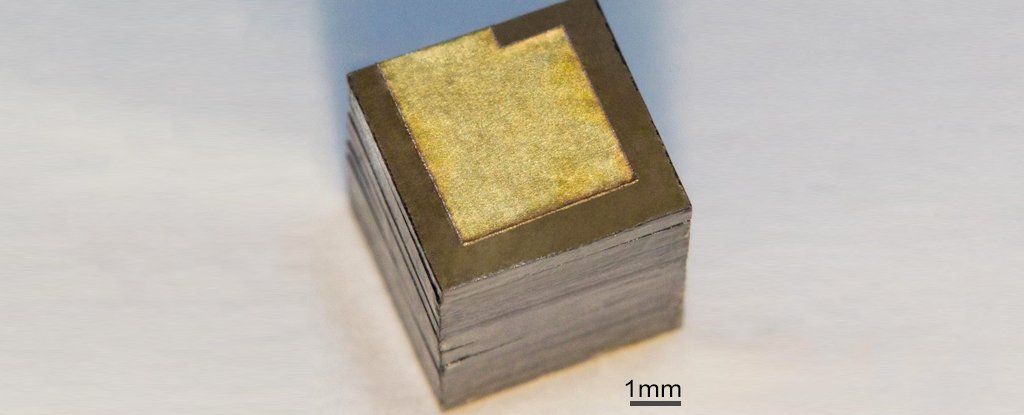
Are we ready?
Batteries powered by radioactive materials have been around for more than a century, but what they promise in power they usually lose in bulk.
Not so with a new kind of power source, which combines a novel structure with a nickel isotope to pack ten times more power than an electrochemical cell of the same size. The only question is, are we ready to go nuclear?
A team of Russian researchers have put a new spin on technology that uses the beta decay of a radioactive element to create differences in voltage.
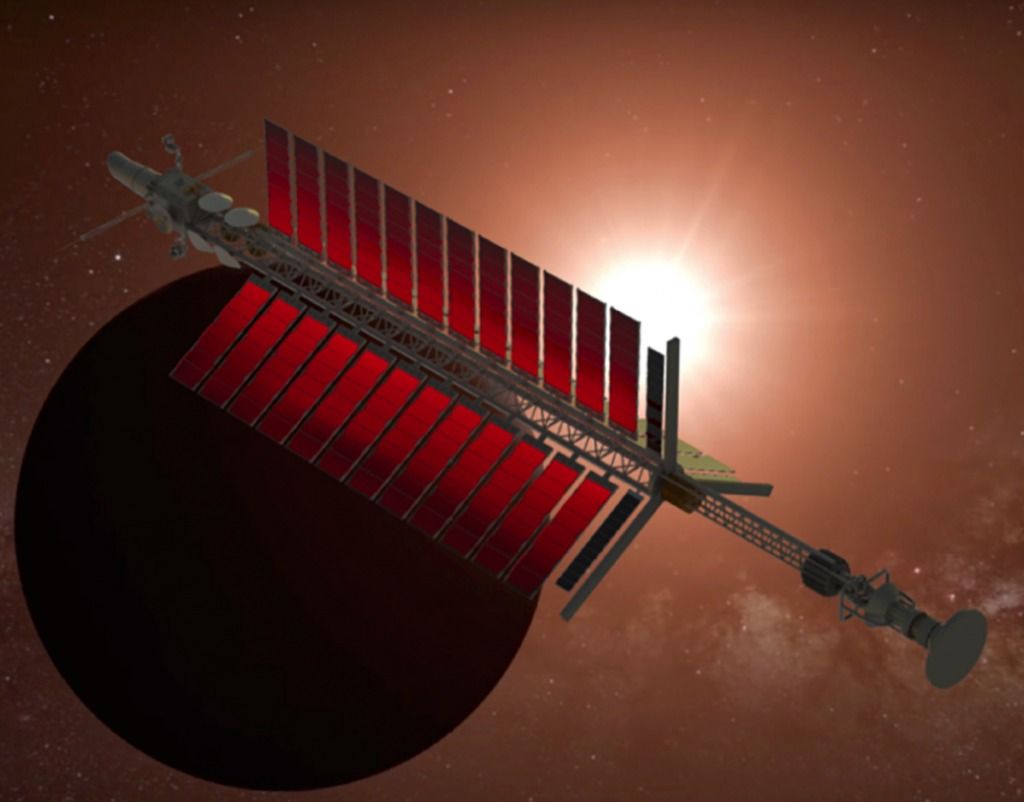
James Woodward and the Space Studies Institute has a Phase 2 NASA Innovative Advanced funded study. They are looking at the implementation of an innovative thrust producing technology for use in NASA missions involving in space main propulsion.
Dr. Heidi Fearn explained in a video made in 2017 how just scaling the power and size of the Mach effect propulsion causes problems. (heat, arcing and other problems). They currently believe they can scale the device to one newton of propulsion and then create large arrays of the devices for more thrust. The constant thrust could last for years or decades by using a nuclear power source.
For Mach effect propellantless propulsion it will be better to go to an array of smaller devices.
One of the possible pathways to limitless and clean energy can be found in hollow, doughnut-shaped chambers known as tokamak nuclear fusion reactors. A relatively new player on the scene, a UK company called Tokamak Energy, is claiming a new milestone in the area after heating its ST40 device to 15 million degrees Celsius, similar to temperatures found at the center of the Sun.
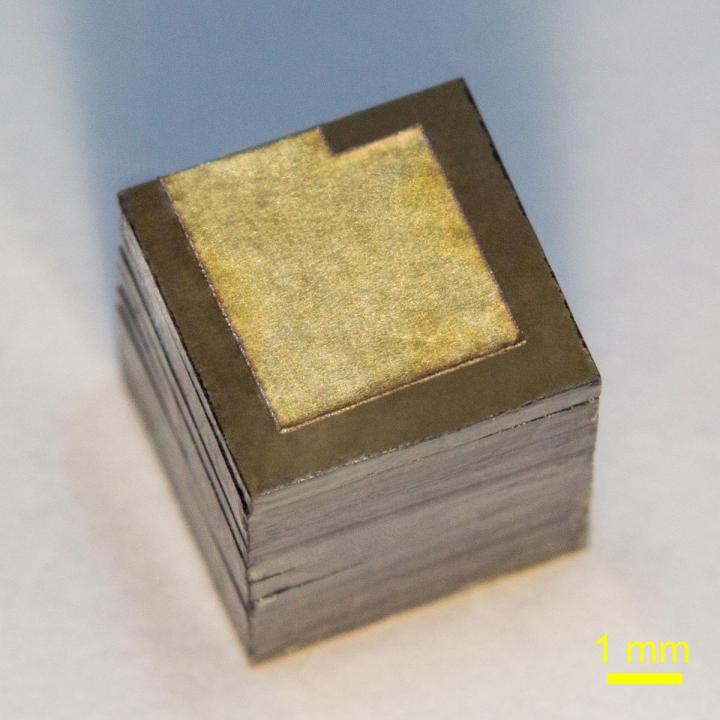
Russian researchers from the Moscow Institute of Physics and Technology (MIPT), the Technological Institute for Superhard and Novel Carbon Materials (TISNCM), and the National University of Science and Technology MISIS have optimized the design of a nuclear battery generating power from the beta decay of nickel-63, a radioactive isotope. Their new battery prototype packs about 3,300 milliwatt-hours of energy per gram, which is more than in any other nuclear battery based on nickel-63, and 10 times more than the specific energy of commercial chemical cells. The paperwas published in the journal Diamond and Related Materials.
Conventional batteries
Ordinary batteries powering clocks, flashlights, toys, and other compact autonomous electrical devices use the energy of so-called redox chemical reactions. In them, electrons are transferred from one electrode to another via an electrolyte. This gives rise to a potential difference between the electrodes. If the two battery terminals are then connected by a conductor, electrons start flowing to remove the potential difference, generating an electric current. Chemical batteries, also known as galvanic cells, are characterized by a high power density — that is, the ratio between the power of the generated current and the volume of the battery. However, chemical cells discharge in a relatively short time, limiting their applications in autonomous devices. Some of these batteries, called accumulators, are rechargeable, but even they need to be replaced for charging. This may be dangerous, as in the case of a cardiac pacemaker, or even impossible, if the battery is powering a spacecraft.
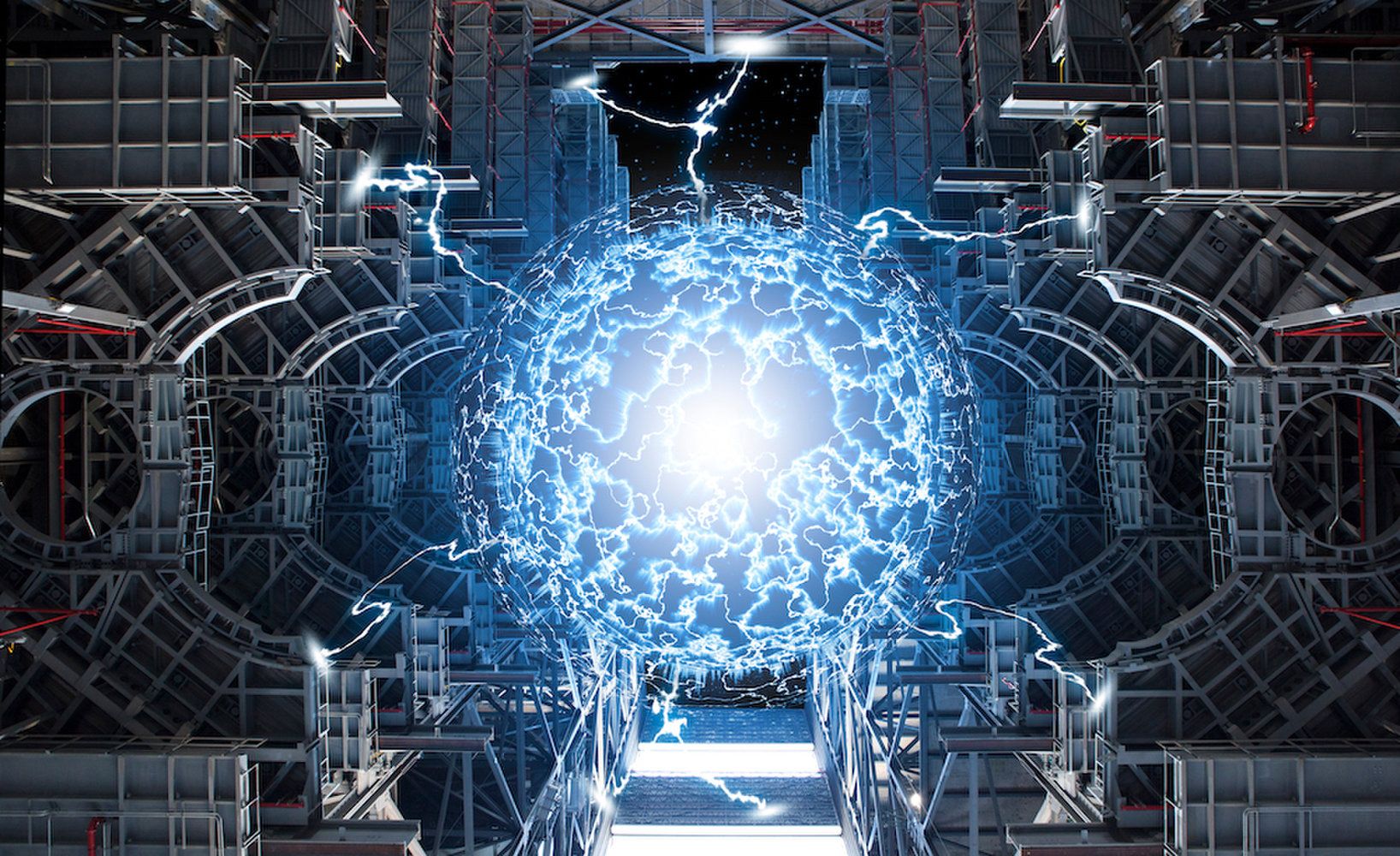
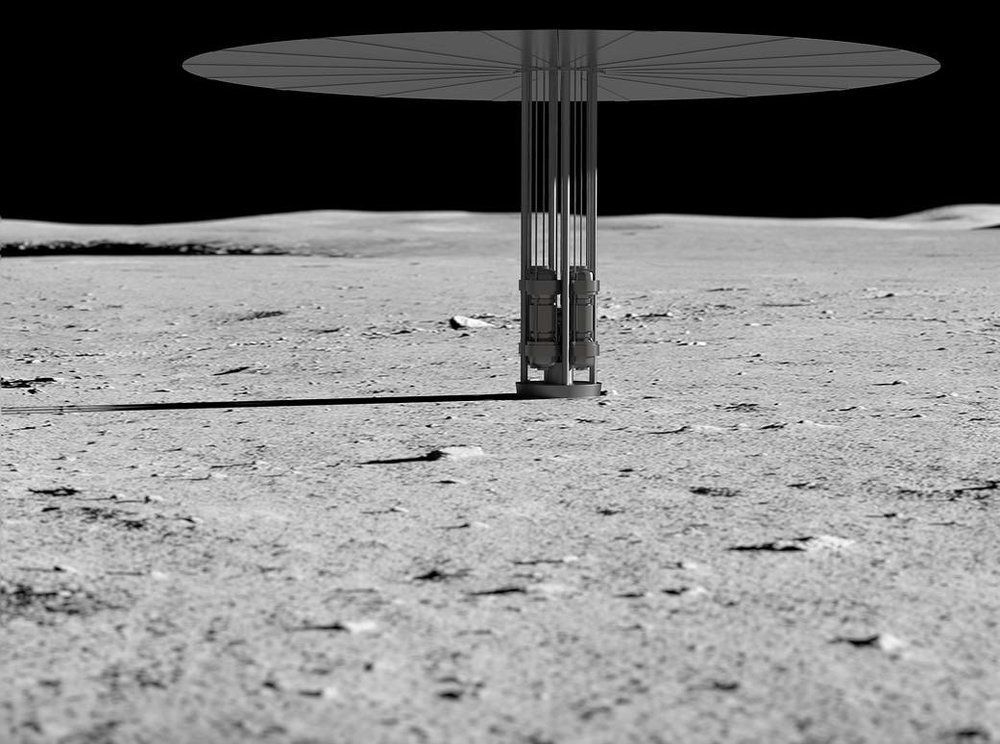
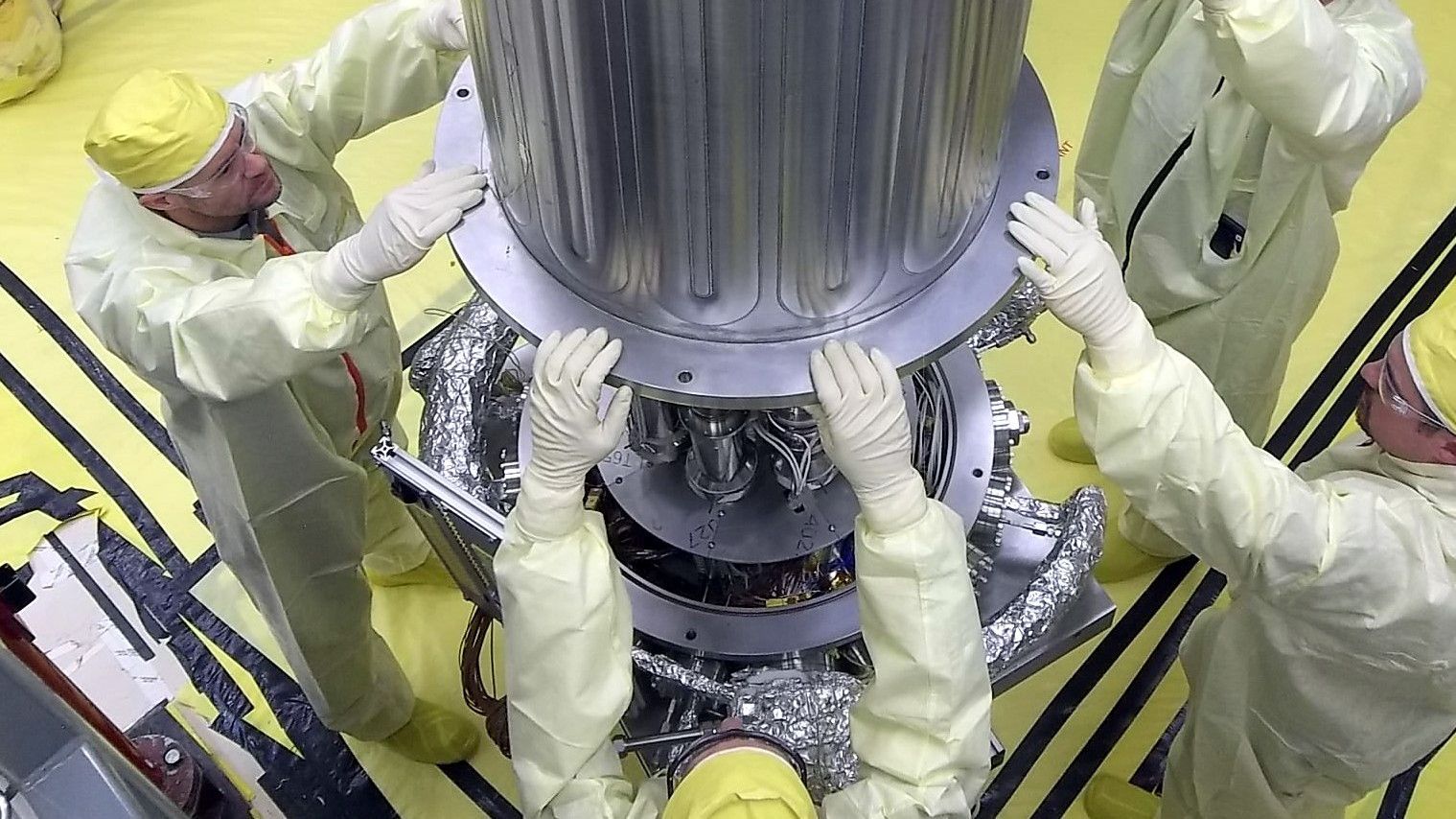
If space is an ocean, the International Space Station is a raft tethered to the shore. The moon is a nearby island that we’ve visited briefly. To go any further or stay any longer, humanity needs more power.
Now, NASA may have the source: A tiny nuclear reactor called KRUSTY, for Kilopower Reactor Using Stirling Technology. (If you’re wondering if this is may be a reference to a popular animated series, its predecessor was known as DUFF).
The reactor uses nuclear fission—the energy released by splitting uranium-235 in a reactor core about the size of a paper towel— to produce 10 kilowatts of power for about ten years, which NASA says is enough energy to power several houses. Four of the reactors could power an outpost on the lunar surface.
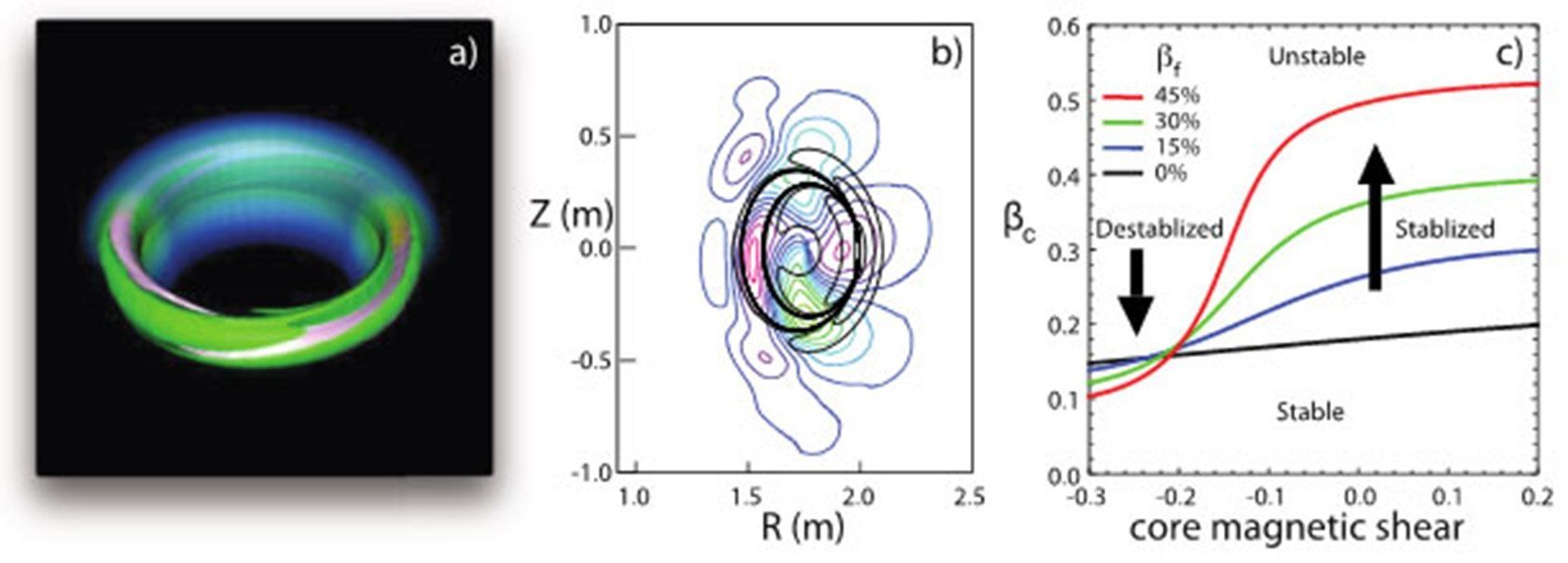
One of the greatest obstacles to producing energy via fusion on Eearth is the formation and growth of small magnetic field imperfections in the core of experimental fusion reactors. These reactors, called tokamaks, confine hot ionized gas, or plasma. If the imperfections persist, they let the energy stored in the confined plasma leak out; if allowed to grow, they can lead to sudden termination of the plasma discharge. Recent simulations of tokamak discharges with fast, energetic ions have shown that the structure of the magnetic field can either stabilize or destabilize these magnetic imperfections, or “tearing” instabilities. The result depends on the helical structure of the field as it winds around the tokamak.
Energetic ions, ubiquitous in fusion plasmas, can be a strong stabilizing or destabilizing force. The choice depends on the magnetic shear in the plasma. Understanding the physics driving the onset of the instabilities can lead to their avoidance, a “zero tolerance” approach, vital for ITER’s stable operation. ITER is a key step between today’s fusion research and tomorrow’s fusion power plants. Also, the results explain many experimental observations of tearing instabilities that limit the maximum heat energy that can be contained.
Advanced tokamaks achieve high-thermal-energy plasmas by injecting beams of hot ions that collide with, and thereby heat, the background plasma. Burning plasma experiments that create energy from fusion reactions, such as ITER, will also have a significant population of hot alpha particles, the byproduct of fusion. The effects that energetic ions have on the benign instabilities, such as the sawtooth instability, which causes the temperature near the plasma core to flatten, and the toroidal Alfvén eigenmode, which intuitively is a “vibration” (wobble) of the magnetic field lines, have been known for some time.
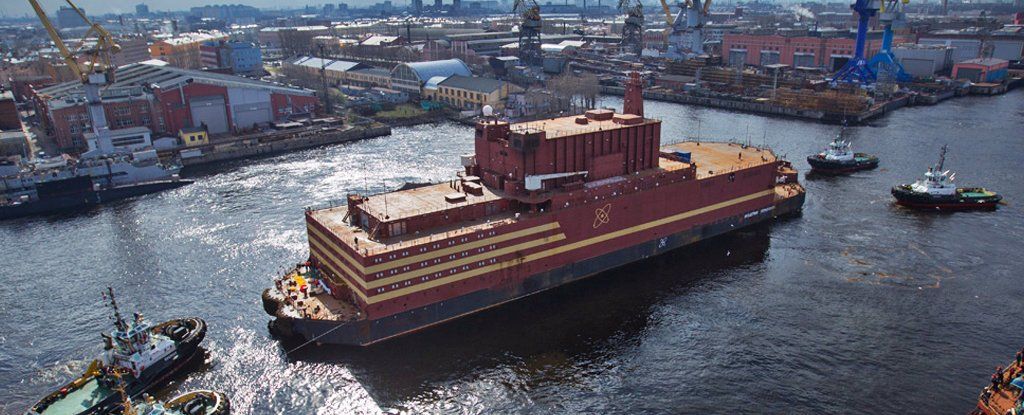
What could go wrong?
If the world is going to end, why not have it be for a ridiculous, insane reason?
Like, say, building nuclear power plants on top of a barge and sending it floating up to the Arctic?
Well, that one’s real. If you wanted to panic now, we wouldn’t blame you.
On Saturday, Russia launched Akademik Lomonosov, the world’s first floating nuclear power plant, out of the St. Petersburg shipyard.